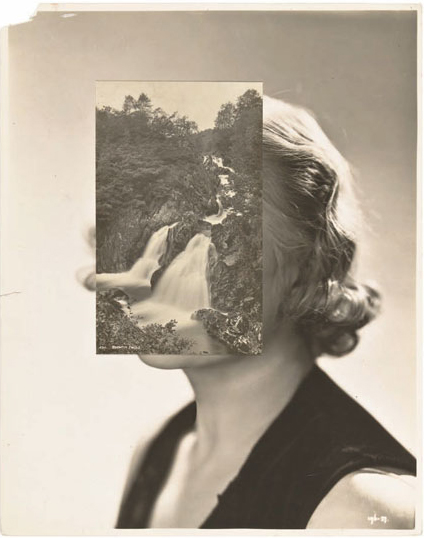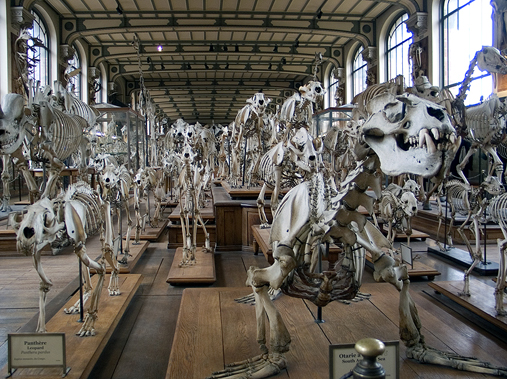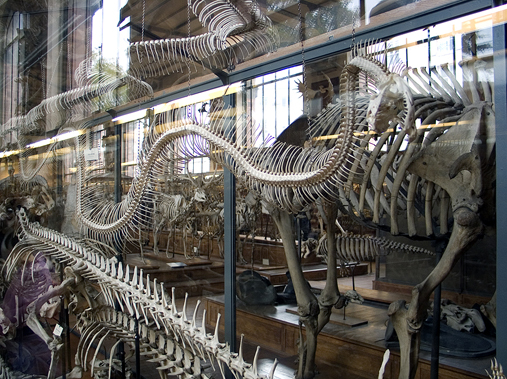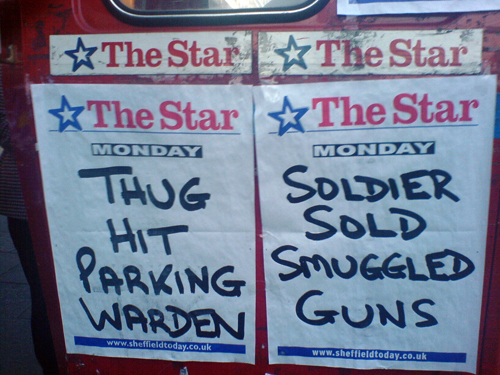I have a new story at 1001 Nights Cast , written yesterday from the prompt paying for a bullet. Had fun with that. Many things came to mind but very content with the direction it took. I want to do more with the idea of spatializing time.
*
SoMe reasons to be in a bad Mood: (a) it is raining in New York (b) the M on My keyboard is fucked which Means that every single M I type has to be pressed with extra deliberation otherwise it refuses to appear, bringing a very unhelpful eMphasis and general self-consciousness to the whole writing thing today. Cleared endless aMounts of huMan hair, skin, dust and other unidentifiable stuff froM out under M, J, K, L, N and , on the keyboard but still no joy. M’s are hard right now.
*
Tony White wrote me about a test-publication of six mini-ebooks he’s done featuring excerpts from his fiction-in-progress working-titled Balkanising Bloomsbury. The ebooks arise from his recent residency with Proboscis, exploring the potential of their new Diffusion ebook generator.
These stories are great – I wrote about one of them here a while back – and were created by cutting up, remixing and re-narrativising fragments from different sources including E.M. Forster and the Milosevic trial. Some of these stories have appeared elsewhere already – the first of them Gobbledegook was written for the Croatian Nights anthology (Serpent’s Tail, 2005), whilst others, like Hyde Park, were done for 1001 Nights Cast. This is the first time though that they’re all gathered in one virtual place, along with notes from Tony on the writing process.
Assembling the ebooks can be a slightly fiddly job in my experience (I downloaded their series on Species of Space, way way back) but James at Booktwo has posted a nice video demo which helps with the origami.
Links here for Gobbledegook, Hyde Park, Do You Hear That?, and Bottle Orchestra. Others can be navigated to on the Diffusion site, where you can find the first version of the Bibliography.
*
Tony also flagged that the John Stezaker Masks collages (one of which is above) will be at The approach W1, 74 Mortimer Street, Fitzrovia, London W1W 7RZ, 22 November – 19 January. These are amazing pieces, I wrote briefly about Stezaker here. Gallery is open: Tuesday-Saturday: 11-6pm or by appointment. I’d be happy with any of these as an Xmas gift if people want to club together.
*
M John Harrison started a nice discussion about the colour of Space Travel, following a Google search that led some poor soul to his site ‘what is the colour of the space travel?’. Next week – what is the taste of time travel?



